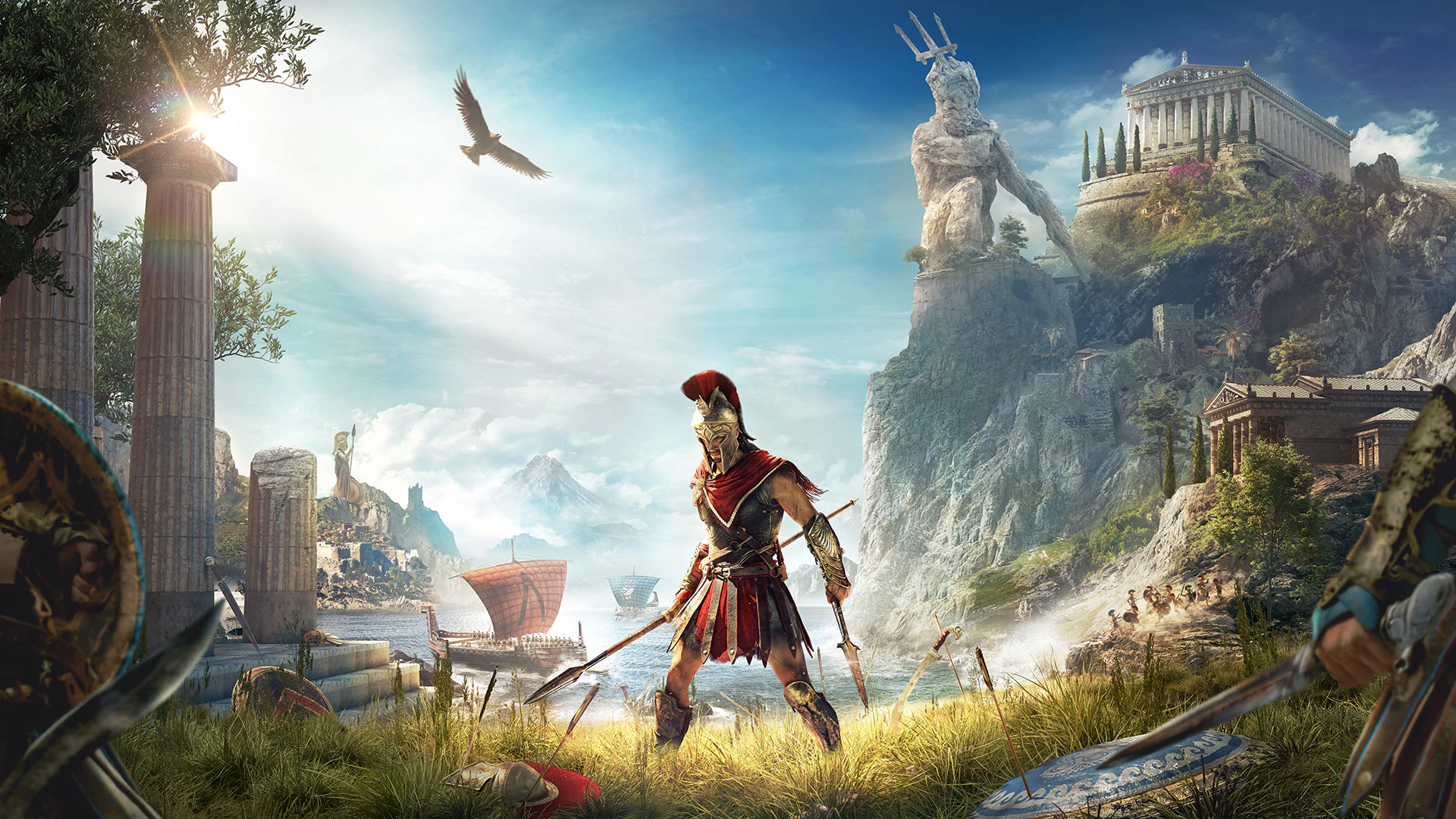
The Role of Music and Sound in Creating Immersive Game Worlds
Music and sound design are often overlooked aspects of gaming, yet they play a crucial role in shaping the player’s experience. The right soundtrack can elevate a game from good to unforgettable, immersing players in its world and enhancing their emotional connection to the story.
Imagine exploring a dark, mysterious forest without the eerie whispers of the wind or the distant howls of unseen creatures. Sound effects bring environments to life, making them feel real and tangible. They guide players, warn them of danger, and create tension during critical moments.
Music, on the other hand, sets the tone for the entire experience. A sweeping orchestral score can make a battle feel epic, while a soft, melancholic melody can underscore a poignant story moment. The best game soundtracks are memorable in their own right, often becoming iconic long after the game is finished.
Dynamic audio is another powerful tool. When music and sound effects change in response to the player’s actions, it creates a more immersive experience. For example, the intensity of the soundtrack might increase during a chase scene, or the ambient noise might shift as the player moves from one area to another.
Even silence can be a powerful tool. Moments of quiet can create suspense, allowing players to anticipate what comes next. When used effectively, the absence of sound can be just as impactful as the presence of it.
In the end, music and sound design are essential components of any great game. They work together to create an atmosphere that draws players in and makes the virtual world feel alive. Without them, even the most visually stunning game would lose much of its magic.